Shape has always been something society has emphasized, whether an atom or a state of the art building. We as a society have tried to combine artistic feelings, with scientific imagination to form the most elaborate structures in the world. Learning about the two, side by side, has helped engage my learning and provided an all around better understanding of the subject manner. I learned that atoms can have not just a spherical shape, but many others such as dumbbell shaped. I also learned that an opal is a cluster of nanospheres, which reflect light. I had no knowledge of opals, and it was intriguing to learn. I also found it fascinating that Einstein disproved Newton regarding gravity.
My brain was already buzzing, from all of the new facts I had just acquired, and going into the Plasma Lab was amazing. I was so drawn to the machines and I couldn’t help, but ask a large amount of questions. I was interested like nothing else I have seen yet, and I was fortunate enough to get a picture of the LAPD, firing the pink light. I asked the very kind physicist how it got its name, and he responded with a joke (I think). I was perplexed by the machines complexity, and was just so mesmerized by how much power and heat the machine uses. I learned that it can heat up to a quarter of a million degrees Celsius. I also learned that when the LAPD is on, it uses seven million watts on energy. That is more than Westwood uses! The overall experience of the day is still powering my mind to an unknown level of excitement. I hope our other lab visits are just as exciting because I enjoyed today so much. I am having a fantastic time with this course, and hope the days to come are just as amazing as this one.
http://www.physics.ucla.edu/plasmalab/currActIndex.html
http://en.wikipedia.org/wiki/Aboriginal_history_of_Western_Australia
http://en.wikipedia.org/wiki/Nanorod
http://physics.about.com/od/relativisticmechanics/a/relativity_4.htm
http://www.expressnews.ualberta.ca/article.cfm?id=935


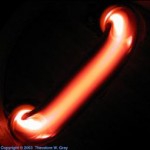 Although I knew some aspects of plasma, I didn’t know that it isn’t natural to Earth, that it is found in the sun and lightning contains small amounts of plasma. Plasma is created at intensely hot temperatures of 1800° C and can keep increasing temperature past 100 million degrees. The plasma is created in a large vaccum, which sucks out all of the impurities in the machine. The reaction between a particular gas and an electron beam creates a small amount of plasma. Since our machines cannot generate high temperatures, the plasma in the chambers only last a few seconds, but that one-millionth of a seconds creates a sense of hope in every scientist.
Although I knew some aspects of plasma, I didn’t know that it isn’t natural to Earth, that it is found in the sun and lightning contains small amounts of plasma. Plasma is created at intensely hot temperatures of 1800° C and can keep increasing temperature past 100 million degrees. The plasma is created in a large vaccum, which sucks out all of the impurities in the machine. The reaction between a particular gas and an electron beam creates a small amount of plasma. Since our machines cannot generate high temperatures, the plasma in the chambers only last a few seconds, but that one-millionth of a seconds creates a sense of hope in every scientist.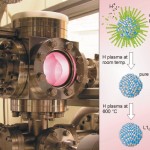 Today, we saw two machines, which were gigantic and occupied the entire rooms they resided in. Every seconds there would be a flash of light, the color of a fluorescent orange-red, because of the helium in the chamber. Within these large machines, a person can witness the connection between science and art. The artistic aspect of plasma is its color. With a different gas, the color of the plasma changes. For example, if a scientist uses xenon
Today, we saw two machines, which were gigantic and occupied the entire rooms they resided in. Every seconds there would be a flash of light, the color of a fluorescent orange-red, because of the helium in the chamber. Within these large machines, a person can witness the connection between science and art. The artistic aspect of plasma is its color. With a different gas, the color of the plasma changes. For example, if a scientist uses xenon 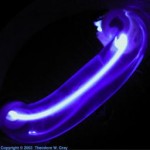 in the chamber, the color of the plasma would be a light violet. This clash of art and science is the true reason why we are here at camp.
in the chamber, the color of the plasma would be a light violet. This clash of art and science is the true reason why we are here at camp.
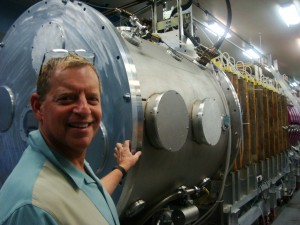
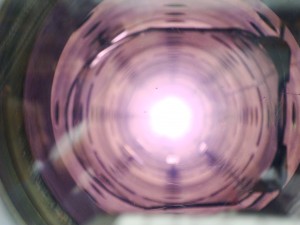
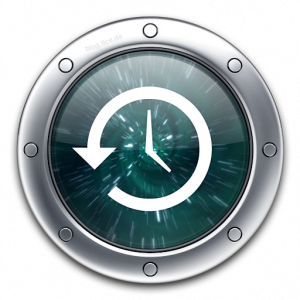
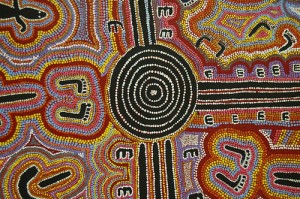
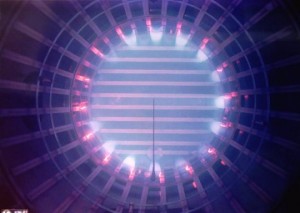
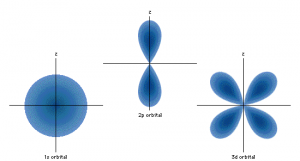
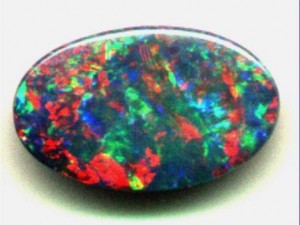
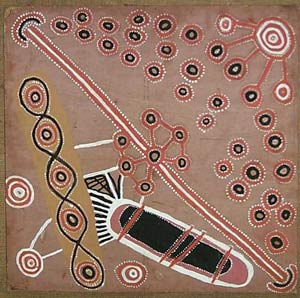
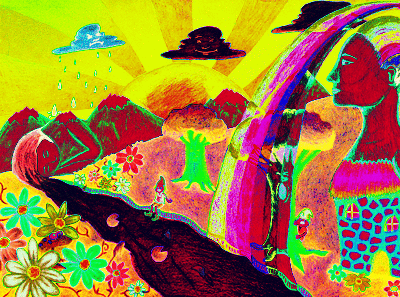

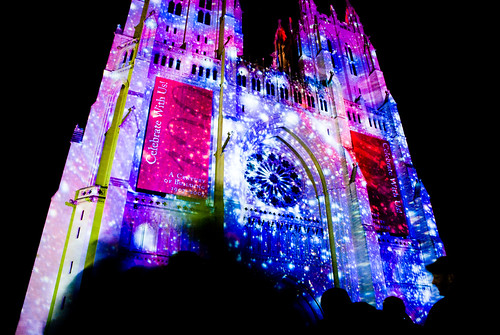




 Today we listened to Victoria explain her journey through the two worlds of art and science. I was so intrigued about the path she took and the work she does. I would love to explore art in the way that she does! I especially liked the way she incorporated other cultures into her artwork such as using the Mandala in one of her exhibits.
Today we listened to Victoria explain her journey through the two worlds of art and science. I was so intrigued about the path she took and the work she does. I would love to explore art in the way that she does! I especially liked the way she incorporated other cultures into her artwork such as using the Mandala in one of her exhibits. . Ifelt
. Ifelt



 the museum called it, but what it really was was maps. Them painting extravagant paintings were their form of cartography for a new location. They drew many different swirls, lines and dots that meant many different things on the map.
the museum called it, but what it really was was maps. Them painting extravagant paintings were their form of cartography for a new location. They drew many different swirls, lines and dots that meant many different things on the map.
